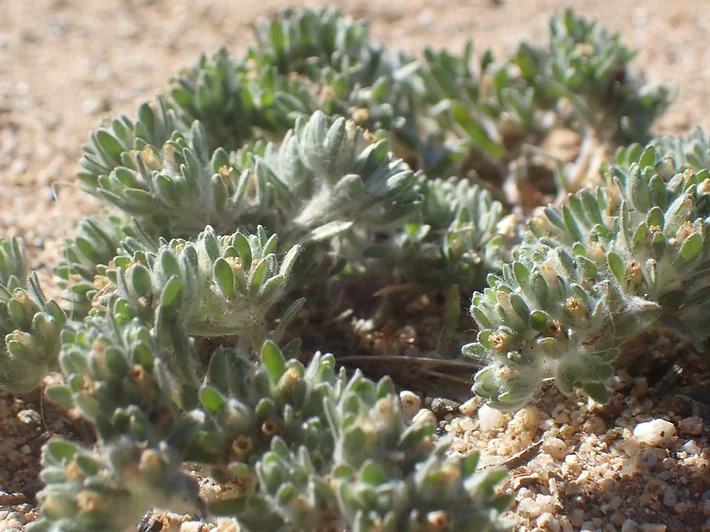Early Detection Rapid Response
Non-native plant species are constantly finding their way into California. People traveling outside of the state or country can unintentionally introduce non-native species into California on shoes, clothing, equipment, or vehicles. Commercial shipping and intentional introduction of non-native plants for horticultural interest also contributes to the dozens of new introductions that are documented every year. Most introduced species are harmless, but occasionally, introduced species are able to thrive in California ecosystems and become invasive in natural ecosystems.
IERCD uses a variety of sources and methods for detecting, tracking, and hopefully removing introduced species that show an ability to become invasive in wildlands and potentially degrade our natural ecosystems.
If you would like to help IERCD track invasive species in the Santa Ana River Watershed, join and contribute to our iNaturalist project.
Success Cases

In 2022, IERCD staff detected an unusual small plant no bigger than a potato chip at the entrance of the San Timoteo Nature Sanctuary. After consulting with several botanists, this plant was identified as Lasiopogon glomeratus, a plant that had recently been documented to be invading Arizona. This was the first documented record in California. Subsequent to this discovery, IERCD partnered with the Redlands Conservancy and the University of California Cooperative Extension to remove over 70 individuals. This area and population will be monitored and managed in future years by IERCD.

